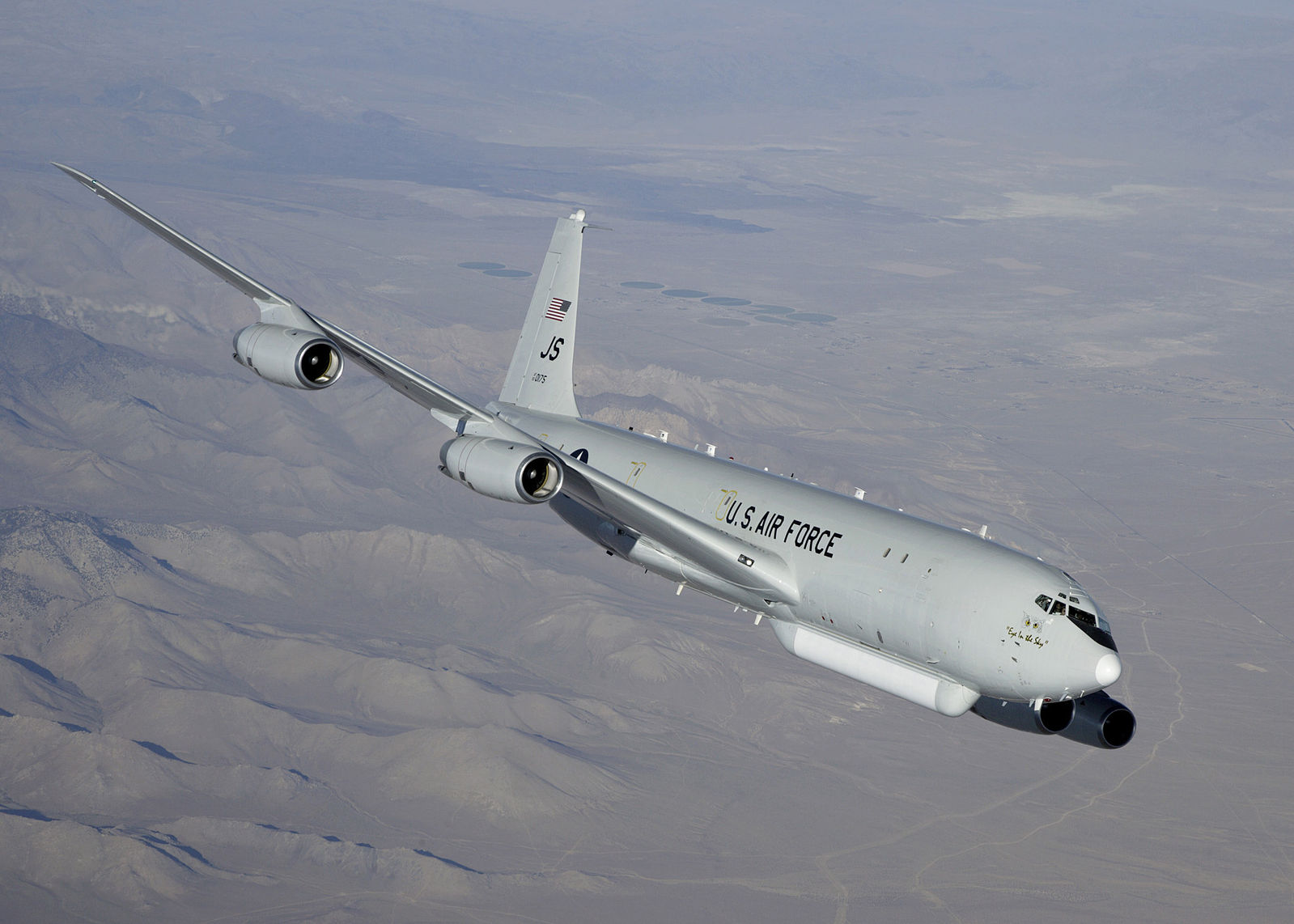The terror Iraqi units faced when the Air Force hunted them in sandstorms

E-8C performing flight testing with JT8D-219 engines.
SUMMARY
It really was like a dark, violent start to a movie. Iraqi units watched dust storms roll in during the 2003 invasion by America and thought they finally had a break from the relentless attacks. Night had offered no protection, but surely the Americans could not reach them in such thick dust storms.
Iraqi units drove into the thick walls of dust and inched their way along highways, seeking to reinforce or resupply beleaguered units. For five days, America had run roughshod over them. Now, finally, with dust so thick it turned rain to mud, they were safe.
Unfortunately for them, they were wrong. An absolutely psychotic American plane was prowling the skies, looking for a mistake just like this one.
The sandstorm hunter
Far above Iraq, an E-8C Joint Surveillance Target Attack Radar System watched the vehicles crawl down the road. It couldn't tell civilian and military targets apart, but it could detect tracked vehicles, combine that data with other intel, and then mark targets for other assets.
Air Force Maj. Gen. Victor "Gene" Renuart, Jr., is credited for pitching the sandstorm as the perfect time to strike. The invasion was going well, just like the Gulf War before it, but war is inherently risky and troops were dying. And many of them were forced to stop by the sand. So Renuart pitched to his boss, Army Gen. Tommy Franks, to use the Joint STARS to hunt through the sand, breaking up Iraqi formations while they couldn't escape or retaliate.
What survived the Joint STARS-led air attacks would be easy for ground units to destroy.
When Joint STARS started marking these slow-moving targets in March 2003, Army AH-64 Apaches and Air Force F-15s looked for ways to hit them through the storm. It uh...didn't take long.
For the Iraqi troops on the ground, this would prove devastating. They had already learned they couldn't foray in daylight and couldn't survive at night. They were about to learn their sands couldn't protect them either.
Iraqi morale goes up in flames
For Iraqi units on the ground, it went from "the howling wind and stinging sand sucks" to "huh, we're pretty dead" quite fast. Missiles and bombs flew through the sand and opened armored vehicles like they were aluminum cans filled with fireworks.
Franks later wrote:
“That night [March 25] B-52s, B-1s and a whole range of fighter-bombers flew above the dense ochre dome of the sandstorm, delivering precision-guided bombs through the zero-visibility, zero-ceiling weather. ... The bombardment, which lasted from the night of March 25 to the morning of March 27, was one of the fiercest and most effective in the history of warfare.”
Many of the Republican Guard divisions fell to this assault.
According to Air and Space Forces Magazine, the Air Force Chief of Staff at the time, Gen. John P. Jumper, said:
“The Iraqis, who thought we couldn’t see them any better than they could see us, boldly struck out on roads, to try to reinforce [their units], especially the Medina Division” of the Republican Guard. He said the Iraqis, “essentially got torn apart, and, as a result, walked away from their equipment.”
Less than three weeks later, Baghdad capitulated and the government of Sadam Hussein and his Baath Party was defeated. Unfortunately for the U.S. and Western World, it turned out that wasn't the end of the fight.
SHARE
